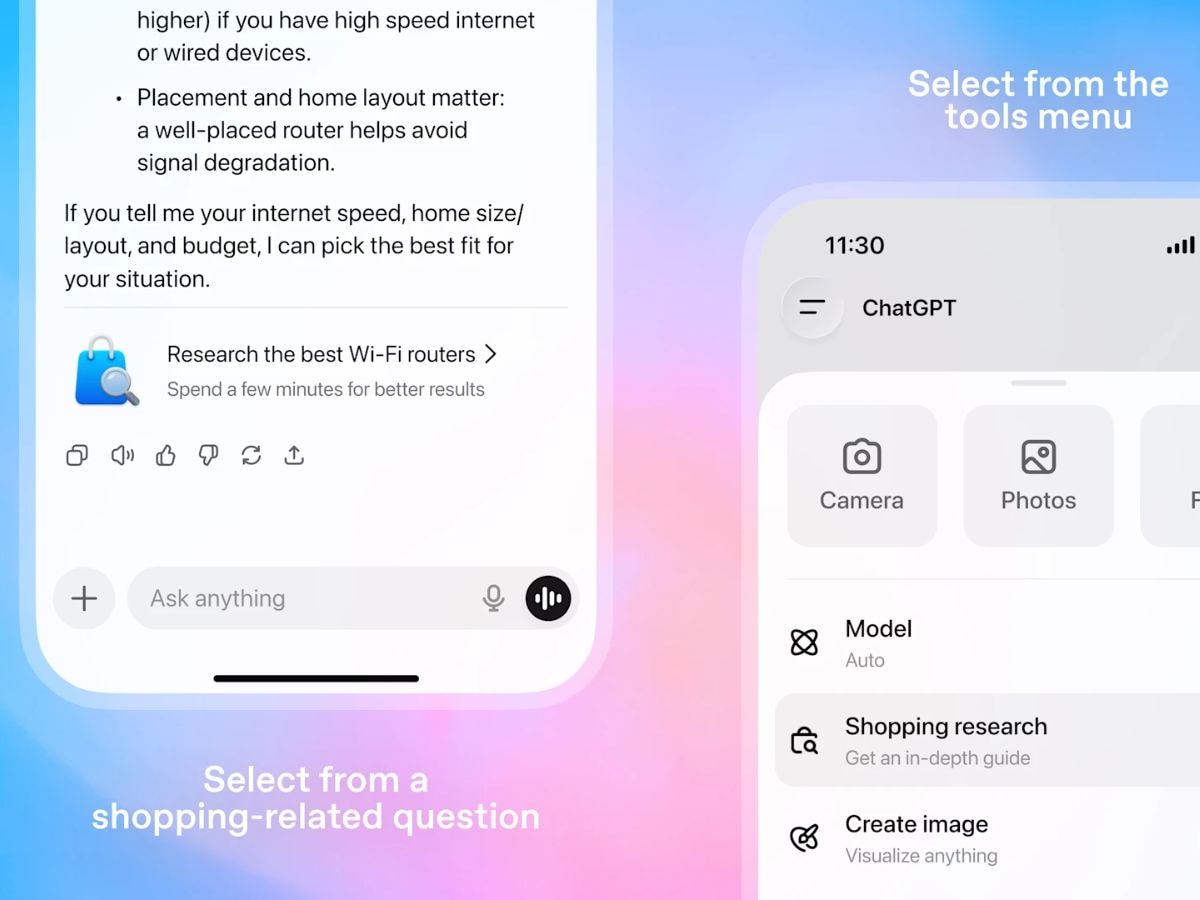Red Hat has announced the general availability of RHEL (Red Hat Enterprise Linux) 10.1 and 9.7. Both versions are based on the new features of RHEL Linux 10, with more presence of AI in Linux management, as well as new functions designed for data protection.
Both versions are intended to facilitate closing the IT skills gap in AI-assisted and offline Linux management. Also to mitigate quantum threats, as well as to offer more control over operational consistency.
Both Red Hat Enterprise Linux 10.1 and 9.7 offer an operating system platform designed to address hybrid cloud computing, amid a landscape in which AI workloads are on the rise. It also has the functions and flexibility necessary to adapt to the future needs of companies.
AI-assisted management on Red Hat Enterprise Linux
Inside the AI-assisted Linux management that RHEL hasthe system’s command-line wizard helps reduce skill barriers for users in managing and troubleshooting connected systems.
This wizard now has an expanded context limit, giving you the opportunity to attach more data to facilitate log file analysis, as well as large data streams for more efficient troubleshooting.
Additionally, the offline version of the Red Hat Enterprise Linux Command Line Wizard, a self-contained tool that runs on-premises, enables users to receive AI-assisted guidance for Linux tasks in offline environments. This is a useful option for companies in highly sensitive and regulated industrial sectors, where cloud services are restricted. For now, this assistant is in the testing phase for developers.
Red Hat Enterprise Linux now also offers improvements in access and facilities for installing drivers Validated for leading AI accelerators from AMD, Intel and NVIDIA. With these components in place, RHEL offers validated and signed drivers to provide a secure foundation for emerging and mission-critical AI workloads, making it easier to reduce bottlenecks and accelerate the AI and machine learning lifecycle.
More facilities for updates and containers
RHEL 10.1 includes soft rebootsa new image mode capability that allows administrators to change system states without having to reboot the entire kernel. Thanks to this, system updates and patches can be carried out more quickly, and with minimal interruption to operations. Thus, important production applications can remain online even during maintenance operations.
The system also now supports reproducible builds for container tools in image mode, so container images developed with the same content are identical. This improves the security and efficiency of cloud-native application pipelines without limiting the time to market of new applications.
Additionally, the Automatic Certificate Management Environment (ACME) is now generally available, automating the manual, error-prone task of security certificate updates for production applications, as well as facilitating the maintenance of appropriate levels of security and reliability.
Building on the post-quantum cryptography capabilities of RHEL 10, Red Hat Enterprise Linux 9.7 now features the same post-quantum cryptography algorithms, improving your data protection while also helping to address potential threats posed by quantum computing in the future. RHEL 10.1 also improves support for post-quantum cryptography at the TLS (Transport Layer Security) layer, which provides protection for data while it is in transit.
Additionally, the OpenTelemetry Collector on Red Hat Enterprise Linux 9 and 10 Cloud Images now supports Trusted Platform Module (TPM) on AWS, Microsoft Azure, and Google Cloud Platform. Thanks to this, RHEL 9.7 and 10.1 users can perform sensitive operations within tamper-proof hardware.
Red Hat Satellite 6.18
Red Hat Satellite 6.18, available with Red Hat Enterprise Linux 9.7 and 10.1, offers more control over critical data and system components through a centralized management platform for RHEL workloads.
This release also expands on-premises scanning capabilities, including general availability of the advisory service and a technology preview for the vulnerability service. The advisory service also proactively identifies known configuration issues and risks in the operating system and workloads, with prioritized and automated recommendations.
Regarding the vulnerability service, it allows local integration, in order to evaluate, monitor, report and remediate CVEs that affect RHEL deployments. For data-sensitive customers, this release also offers greater control over what is sent to Red Hat, offering the ability to send only the minimum data required for subscription notification.
Satellite also features improved reporting options and continuous content views. This will make it easier for administrators to restrict access to the repository while continuing to receive updates.
Both Red Hat Enterprise Linux 10.1 y 9.7, como Satellite 6.18 they are already available through the Red Hat customer portal. As for AI accelerator drivers, they are also available through the extension and add-on repositories.










